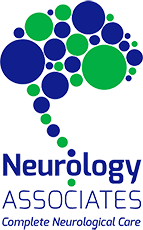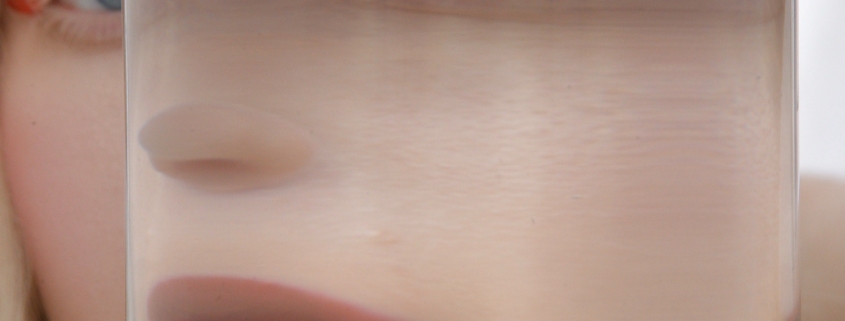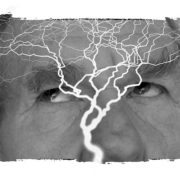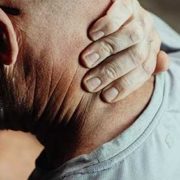Dulles Neurologist Clarifies 4 Common Misconceptions Of Dystonia
Dystonia is a neurological disorder that causes a variety of symptoms that vary from patient to patient. Unfortunately, not a lot is known about what causes Dystonia, and with this comes incorrect information. It can be challenging and scary trying to identify what is fact and what is fiction about Dystonia. Experienced neurologist of Leesburg, VA, Dr. Sarbjot Dulai clarifies 4 common misconceptions of this disorder.
4 Most common misconceptions of Dystonia
Dystonia is a condition in the nervous system where patients experience uncontrolled involuntary muscle movement that causes a decrease in control over their body. Where and how Dystonia manifests can vary from patient to patient. Some experience muscle contractions in one area, while another might experience symptoms when making a repetitive motion, like typing or writing. To help understand this disorder better, here are 4 clarifications to common misconceptions of dystonia.
Misconception #1—Early onset or childhood onset dystonia is the most common.
False—Focal Dystonia that starts in adulthood is actually considered the most common form. Focal dystonia’s are usually located in one or connecting parts of the body.
These include cervical dystonia (this causes the neck muscles to contract involuntarily, or twist to one side), focal hand or foot dystonia, and spasmodic dysphonia/laryngeal dystonia (a condition that causes spasms in the muscles of the voice box or larynx).
Misconception #2—There is a specific gene for dystonia
False—The cause of dystonia is still not known; it is thought to possibly be altered nerve cell communication in different regions of the brain. The genetics of dystonia are so complicated and there is no single gene that is responsible for all forms of dystonia. While research into the genetics of dystonia continues, to further complicate matters, experts have also found that dystonia can also be a symptom of another health disorder or injury.
Misconception #3—Dystonia is only a muscle problem.
False—While dystonia does present as abnormal muscle contractions, multiple studies have shown that the abnormality in patients with dystonia is actually found in the brain. This is the result of irregular functioning of the basal ganglia—the part of the brain responsible for movement. These movements can be painful and cause the patient to be extremely uncomfortable in their own body. The body parts dystonia can affect include:
- the eyelids,
- hands and forearms,
- neck,
- voice box or vocal cords,
- the jaw,
- and tongue.
Misconception #4—The treatment of Botulinum neurotoxin injections is dangerous.
False—Botulinum neurotoxin injections have been used in the medical field for many different treatments including cervical dystonia, Hyperhidrosis (excessive sweating), overactive bladder, lazy eye, and to help prevent migraines. cervical dystonia. Research has shown the injections to benefit function, reduce pain, and overall improve the quality of life of a patient. However, treatment effects may vary from patient to patient, as the disease and its effects vary from patient to patient. While this treatment can greatly improve quality of life, botulinum neurotoxin injections are just one tool in the doctor’s toolbox to treat dystonia.
Make An Appointment With Dr. Dulai Today!
Early detection and clarification can be key in treating Dystonia. Don’t be afraid to ask your doctor questions. If you or a loved one are experiencing any symptoms of Dystonia, schedule an appointment with Leesburg and Dulles neurology specialist Dr. Sarbjot Dulai today at (703) 726-6393.










